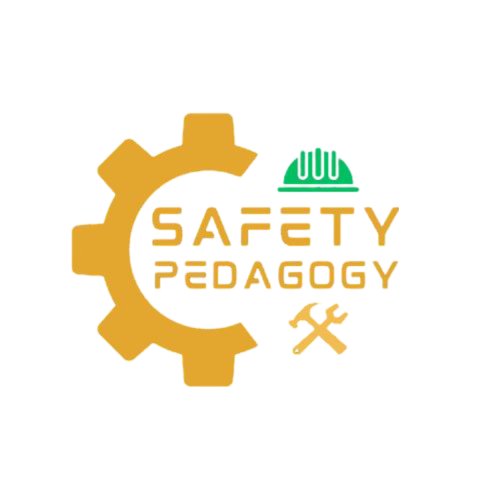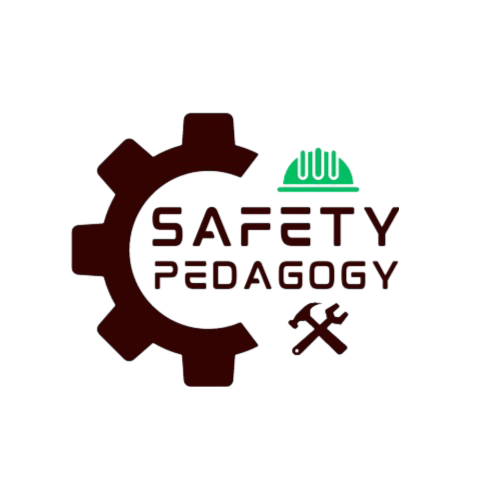Definition
5 ‘S’ is a method of creating a clean and orderly workplace that exposes waste and makes abnormalities immediately visible. 5 ‘S’ is part of industrial housekeeping.
Origin of 5 ‘S’
“5S” is Japanese principles or methodology to organize workplace’s efficiency and effectiveness by identifying and sorting the items, maintaining area & items and sustaining orders as implemented.
- Seiri: Sort
- Seiton: Straighten
- Seisou: Shine
- Seiketsu: Standardize
- Shitshuke: Sustain or Self-Discipline
Sort
Definition
To remove unnecessary items from the workplace that no longer add value. Now these can be anything i.e. old phone books, obsolete tools, excess paperwork, etc. Ask questions from yourself that “Do we really need this?”. And if you have any doubt about then immediately sort it out.
Why sorting?
Sorting can lead to a safer workplace. After removing unwanted and unnecessary items your workplace is now more spacious and looks neat & tidy. It also eliminate hazards form your workplace.
3 Step sorting process
Sorting of items must have involve accounting of items. Accounting of items can be done by keeping records of items in a ledger register for reference and inspection purpose.
- Evaluate & take photographs of your work area:
- Identify & Red Tag: Red Tag items which is not required.
- Decide: What to do with the tied items.
Red Tagging
What is Red Tagging?
Red Tagging is putting red tags on items that need to be evaluated as to whether they are needed or not.
Note: Red Tagging is not for alone worker but this is for the team effort required.
1. Identify Target Area: Identify the target area for red tagging.
2. Define Criteria for Red Tagging: After identification of red tagging items that item should be put under observation for some time (so that it can be using or not) and if the item is not used then that item may be disposed of or moved to another location / apart store. There are 3 key factors for decide that items should kept for use or that should go for red tagging.
- usefulness of item.
- the frequency of item needed.
- quality of item needed.
3. Design and make Red Tags: Each company / industry should design their own red as per their requirement, culture and feasibility which includes quality of paper, color of tags, contents typed on tag and must be approved from a higher and competent authority.
4. Conduct the Red Tag Session: (Red Tag Log Sheet)
5. Evaluating Red Tagged Items: Evaluation of red tagged items as per the requirement (i.e. sell it, shred it, donate it, etc.) to be done by a team under supervision.
6. Dispose of Unnecessary Items:
7. Move remaining red tagged items into holding area means red tagged item to move to apart store after entering them in Red Tag Log Sheet. It should also mention that which items will keep for how long in the store, when to sell that item, etc.
What to do with unnecessary items?
To give such item to any garage sell or such shops or company. In todays world there are also sites which purchase trash online (i.e. ebay, craigslist, etc.) as per their guidelines and policy. these items can be useful for other purpose eg: electronics can be used for teaching, waste papers may recycle, defective tools may melt and remake tools again.
Definition
To arrange all necessary items in such a way as to maximize the production or output or workers. It works on the principle “A place for everything and everything in its place.”
Why Straighten is required in an organization?
After implemented straighten rule, items it is easy to find & return and also it is easy to know that its lost or issued to someone. This also reduce worker’s frustration (causing mental ill-health, stress and others) when tracing something in store during their working hours.
You can take an example of Reliance Fresh store where fruits and vegetables are placed in its column or row. Office desk or drawers when arranged properly, medical instruments at hospitals and many more if you observe in your surroundings.
Straighten rule also have following outcomes:
- Safety essence.
- Ergonomics.
- Quality.
- Productivity.
- Standard work.
- Morale and a lots…
3 Steps of Straighten
- Understand the current situation:
- What tools and supplies are needed?
- How people perform the work?
- Decide where thing belong: There are lots of items (useable or non-usable) at your workplace, some are issued and some are under your charge but after your working hours those items or tools must go to their place from where they have issued or taken, they may be your tools, electronics, stationaries, garbage, benches, machines, supplies, etc.
- Decide how things should be stored: If the items are easy to locate it doesn’t mean they also easy to retrieve. Well it means proper stacking or item sequencing at store. i.e. shadow boards,
These can be done by ‘3 F’ Standards. Those are:
- Fixed Location
- Fixed Item
- Fixed Quantity
Fixing above-mentioned so that items may easily get when needed and they should be kept in secure location after working.
Seisou
Seisou doesn’t mean “To sweep is to clean…”, but it means to clean in such a way as to identify and remove the sources of contamination. “Cleaning also means inspection” it means when ever you clean your items at home or at your workplace you touch your item and though you inspect your items too during its cleaning (i.e. cracks, oil spills, machine defectives, etc.)
Why Seisou?
- Clean and tidy workplace improves morale of workers and create a positive culture at workplace.
- It improves safety aspects when it reduces incidents or accidents i.e. slips, trips, falls, etc.
- It prevents breakdowns of machines and give length to machine’s life.
- It reduces financial cost to the company by preventing accidents and incidents.
How Seisou?
- Restore good conditions: If your store is organized haphazardly then reorganized it in a good condition.
- Find the sources of filth: On trace of any source of dust or filth then find the source and clean it ASAP.
- Eliminate root causes.
- Reduce the need to clean.
Seisou Checklist
The Seisou rule can go by the checklist which can be done in any organization. These points are:
- Select the Zone: This states that Seisou can be done by zone wise in a company. Such zones to be assigned to competent person and he should be responsible for his/her zone.
- Set Standards to Seisou: Standards to be set to make sure of the rule implementation.
- Clock-wise: Seisou rule should be implemented as per schedule.
- To start at the same time: This should be maintained from and till the same time on daily basis.
Seiketsu
Definition
Standardize is the result of doing sort, straighter and shine properly (creating a set of standards). Standardize can also be maintained by a Visual Display of 5″S” status.
Why Seiketsu (Standardize)
- Continuing of Seiri, Seiton and Seisou resulting to achieve the Standardize.
- It also consists of procedures and schedules to ensure the repetition of first three ‘S’ (i.e. Seiri, Seiton & Seisou).
- Seiketsu is also called s a bridge between Seisou and Shitshuke.
How Seiketsu
- To create a work structure on daily routine basis with new practices.
- To ensure each worker’s responsibilities to preform first three ‘S’ (i.e. Seiri, Seiton & Seisou).
Shitshuke
Definition
The fifth step which is Shitshuke (Sustain) emphasis on participation of all pervious 5S steps (i.e. Seiri, Seiton, Seisou & Seiketsu). Performing consistency in standardize procedures nd transforming them into daily habits for the purpose of continuous improvement.
Why Shitshuke
To have a firm working system in an organization, the existence of Shitshuke (i.e. Sustain) is required at mostly which is processes by self-discipline of the workers as also can be said “done without being told”.
How Shitshuke
- By performing / organizing IITS (Information, Instruction, Training & Supervision).
- Regular Audits and Inspections to ensure the proper implementation and follow-up of defined standards.
- Conduct of quarterly, half-yearly or yearly meeting to identify the improvements from ground to top employees.







